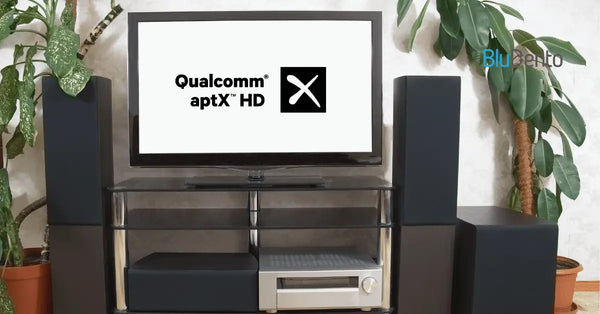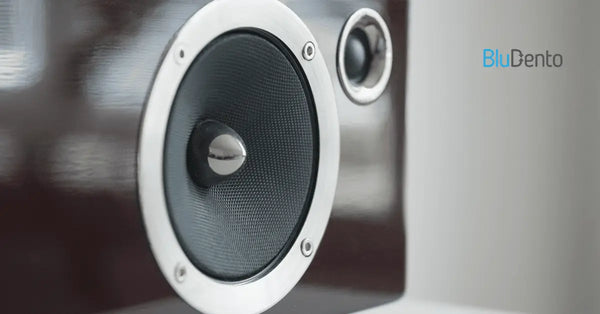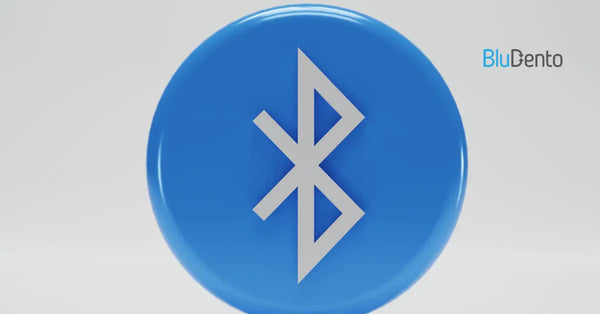Ditch Low Fidelity—Embrace High Quality Music Streaming

Let’s face it – streaming music has become the norm. But here’s the catch: not all streams are created equal. High quality music streaming isn’t just a buzzword; it’s a game-changer for audiophiles and casual listeners alike. Whether you’re a vinyl purist or someone who just wants their playlists to sound crisper, diving into the world of premium audio services could flip your listening habits upside down. In this article, we’ll unpack why investing in high quality music streaming might be the best decision you’ve made for your ears this year.
Why High Quality Music Streaming Matters
The Science Behind Lossless Audio Formats
When you hit "play" on a standard streaming service, you’re probably hearing compressed audio. But high quality music streaming? That’s where lossless formats like FLAC or ALAC come into play. These formats preserve every single detail from the original studio recording, giving you the purest sound possible. Imagine hearing a song where the subtlest guitar strum or a vocalist’s breath feels like you’re in the same room – that’s the magic of lossless.
Bitrate: The Unsung Hero of Sound Clarity
Bitrate isn’t just a nerdy number – it’s the backbone of how crisp your music sounds. High quality music streaming services often boast bitrates of 1,411 kbps (CD-quality) or even 9,216 kbps for Hi-Res Audio. Lower bitrates? They’re like blurry photos for your ears. The higher the bitrate, the more data your device processes, resulting in richer tones and fewer digital artifacts.
The Ultimate Guide to High Quality Music Streaming Devices
DACs, Headphones, and Speakers: What You Need
Streaming high quality audio is only half the battle. Your gear needs to keep up! Here’s a breakdown of must-have devices:
| Device Type | Key Features | Price Range |
|---|---|---|
| DACs | Converts digital to analog signals, supports Hi-Res | $100–$500 |
| Headphones | Over-ear with wide frequency response | $200–$1,000+ |
| Speakers | Studio-grade drivers, low distortion | $300–$2,000+ |
Pro tip: Pair a high-end DAC with open-back headphones for a spatial audio experience that’ll make you forget you’re not at a live concert.
High Quality Music Streaming vs. Physical Media: Who Wins?
The Pros and Cons of CDs, Vinyl, and Streaming
Vinyl lovers swear by the warmth of analog, while CD collectors cherish their physical libraries. But let’s talk numbers:
| Format | Pros | Cons |
|---|---|---|
| Vinyl | Tactile experience, collectible | Background noise, maintenance |
| CDs | Durable, liner notes | Limited portability, declining popularity |
| High Quality Music Streaming | Instant access, vast libraries | Requires fast internet, subscription costs |
The verdict? Streaming wins for convenience, but physical media still holds sentimental value. However, if you’re chasing bitrate perfection, high quality music streaming platforms like Tidal Masters or Qobuz are closing the gap.
How to Choose the Best High Quality Music Streaming Service
Key Factors to Consider
Not all premium services are cut from the same cloth. Here’s what to prioritize:
- Supported Formats: Does the service offer FLAC, ALAC, or MQA?
- Catalog Size: Are your favorite artists available in high-resolution?
- Device Compatibility: Will it work with your existing setup?
- Pricing: Monthly subscriptions can range from $10 to $20+.
Spoiler alert: Spotify’s rumored Hi-Fi tier might finally give Apple Music and Amazon Music Unlimited a run for their money.
The Hidden Costs of High Quality Music Streaming
Why Your Internet Bill Might Spike
High quality music streaming isn’t just about paying a monthly fee. Streaming Hi-Res files gobbles up data – fast. For example, a single hour of Tidal Masters uses about 1.2GB. If you’re binge-listening, that’s a 15GB monthly minimum. Pair this with a data-limited plan, and you could be staring at overage charges.
High Quality Music Streaming and Its Impact on Artists
Fair Pay or a Double-Edged Sword?
Artists love the exposure, but the royalty debate rages on. High quality music streaming services often pay slightly better per stream than standard tiers. Yet, the gap remains tiny. For instance, Tidal pays around $0.0125 per stream for premium content, compared to Spotify’s $0.003–$0.005. While this isn’t a gold rush for musicians, it’s a step toward valuing sound fidelity over convenience alone.
The Future of High Quality Music Streaming
What’s Next: Spatial Audio and Beyond
Apple’s Spatial Audio isn’t just a gimmick – it’s a glimpse into the future. High quality music streaming platforms are experimenting with 3D soundscapes, AI-driven mastering, and even blockchain for royalty transparency. One thing’s clear: the race for immersive audio is just getting started.
High Quality Music Streaming: FAQs
What’s the difference between standard and high quality music streaming?
Standard streams use compressed formats (like MP3), while high quality music streaming delivers lossless or Hi-Res files with zero data loss.
Do I need special headphones for high quality music streaming?
You’ll miss out on details if you use budget buds. Opt for studio-quality headphones for the full effect.
Can I hear the difference on my phone?
Yes, but only if your phone supports Hi-Res Audio. Check specs – Android’s UHQ upscaling or Apple’s ALAC compatibility matters.
Is high quality music streaming worth it for casual listeners?
If you’re a commuter who listens on Bluetooth speakers, maybe not. But if you care about sound clarity, it’s a no-brainer.
How much data does high quality music streaming use?
Hi-Res tracks can eat up 1.2GB per hour – that’s 36GB for a month of daily 30-minute sessions.
Will high quality music streaming ever replace vinyl?
Vinyl’s tactile charm is irreplaceable, but high quality music streaming is winning the tech war.
Final Thoughts
High quality music streaming isn’t a luxury; it’s a necessity for anyone who truly loves music. From bitrate battles to gear upgrades, the ecosystem is evolving faster than ever. So, are you ready to ditch the muffled tunes and embrace crystal-clear sound? Your ears will thank you.











